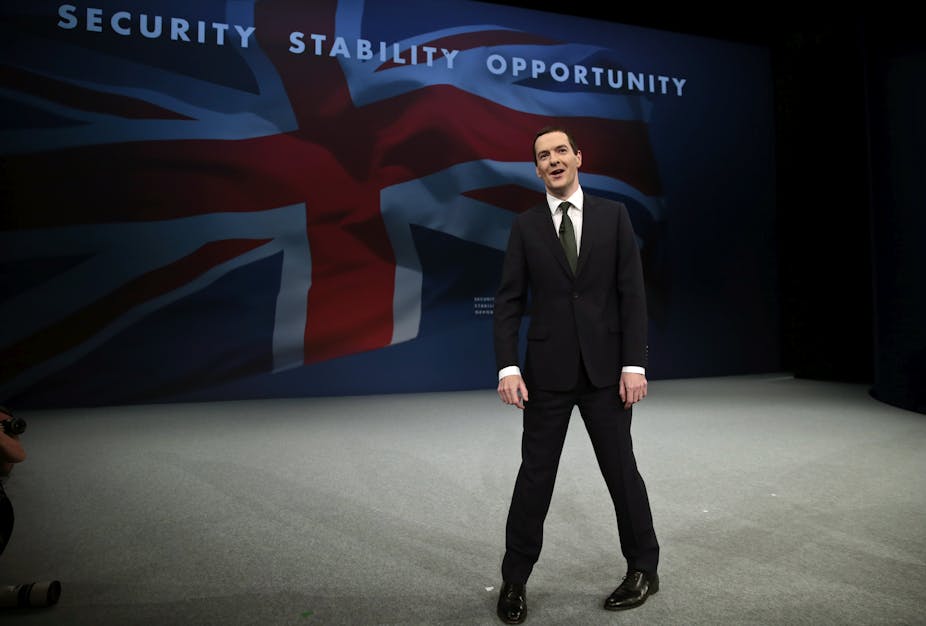A new craze is sweeping Britain. All over the country (but especially in Scotland) people have been flocking to join obscure organisations known as “political parties”. The mood is intoxicating everyone, regardless of age or social background. They are joining Labour, the SNP, UKIP, the Greens and even the Liberal Democrats.
There is, though, an exception to the trend. Conservative Party numbers seem to be stuck. The ruling party still only has around 150,000 members – more than 100,000 behind Labour, and not very far ahead of the SNP.
Conservatives have always taken a relaxed attitude to membership figures. In one respect, this is consistent with their “Thatcherite” philosophy, which encourages individuals to avoid frivolous distractions and get on with the task of making money.
On this view, joining a political party is a deeply irrational decision: indeed, the party with the most rational supporters will attract the fewest members. True Conservatives will go about their lawful business, ignoring opinion pollsters and merely pausing for a few seconds to cast a sensible vote every five years. The only political party they will consider joining is Labour, in order to saddle it with an unelectable leader.
All this might be true, but even this hard-headed organisation must be slightly disconcerted by current trends. For example, in the recent open primary election to choose the Conservative candidate to succeed Boris Johnson as London mayor, a field including the charismatic Zac Goldsmith only amassed 10,000 votes overall. Voting in that contest was hardly time-consuming – it was conducted on-line. By contrast, almost 90,000 assorted Labour supporters voted in their mayoral contest.
Race to the top
At least there has been an unmistakable buzz around this year’s Conservative conference. That sound, admittedly, has been an angry one, produced by anti-Conservative protesters outside. Perhaps the crowds would have been better advised to cheer the arriving party members, because the meeting in Manchester has given a fascinating foretaste of unpleasant infighting.
By announcing that he will not fight another election as leader, David Cameron has not exactly made himself a lame duck, but he is beginning to resemble an England football manager, just one bad game away from his own version of a Brexit.
Attention has switched to the substitutes’ bench, where the aspirants are well prepared. Knowing that Boris Johnson is bound to be chosen on the grounds of personality, his rivals have resorted to the unfamiliar tactic of delivering policy-rich pitches. If anything, this promises to make the contest (when it comes) even more divisive.

The party is thus in the unique position of knowing in advance that between now and the next general election it has two excellent opportunities to tear itself apart – the leadership contest and the EU referendum. No doubt the dwindling band of Conservative members (and their indefatigable friends in the media) anticipate the coming battles with relish.
The Conservative Party, after all, is the Harry Houdini of British politics – it puts itself into impossible situations, apparently for the sheer thrill of it, but members of the audience who suspect the end is finally nigh are always proved wrong.
Apart from its interesting internal dilemmas, it is currently trying to enhance its unpopularity with the wider electorate by “reforming” welfare and the trade unions. Inevitably, it is still comfortably ahead in the opinion polls. If it wants to make its next escape act really exciting, it is going to have to work a lot harder.

